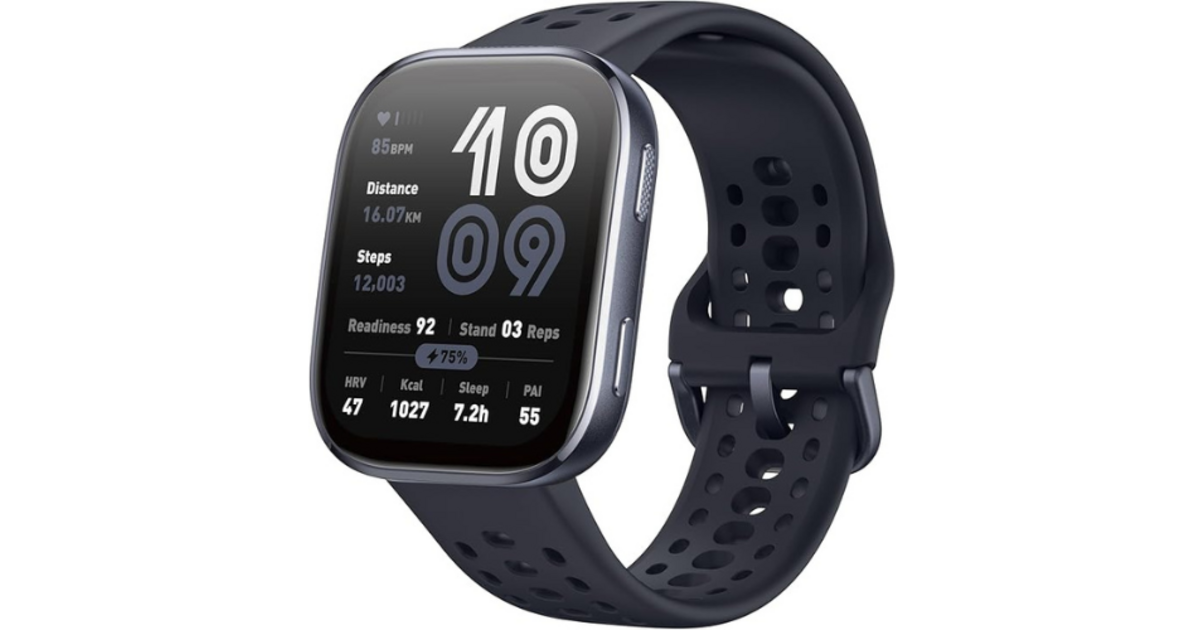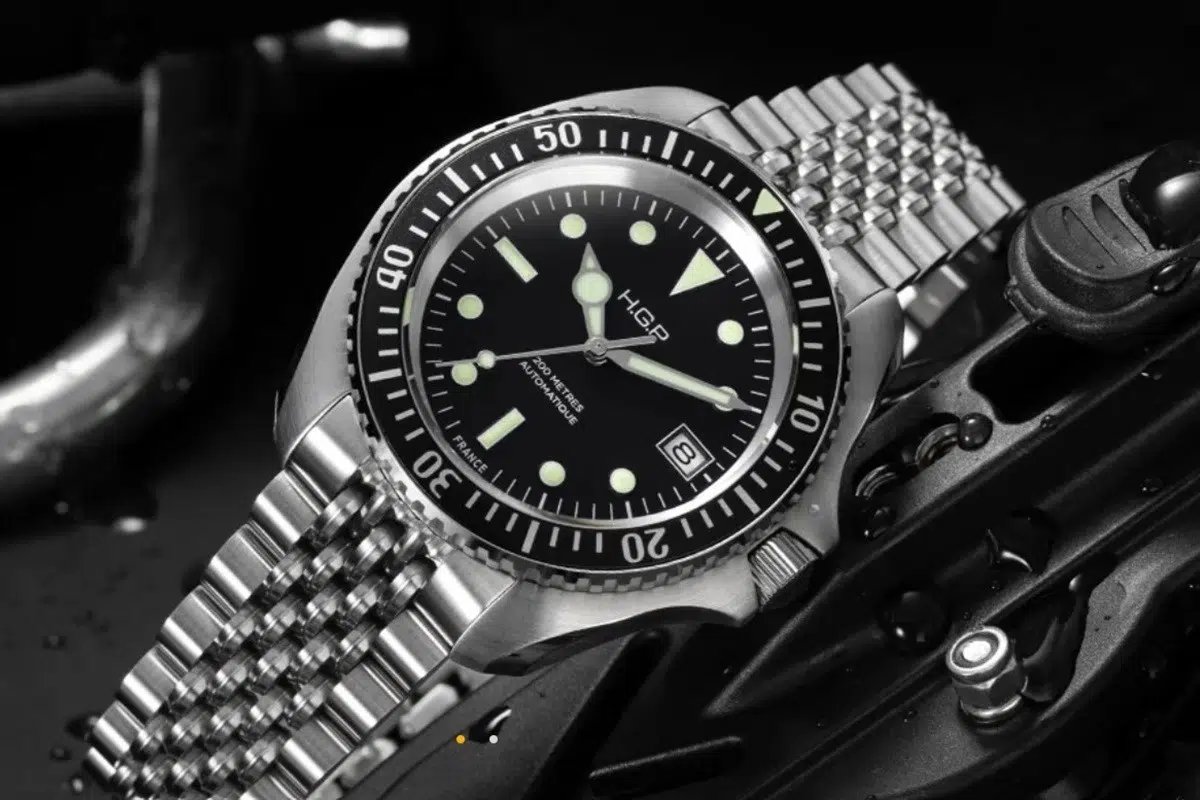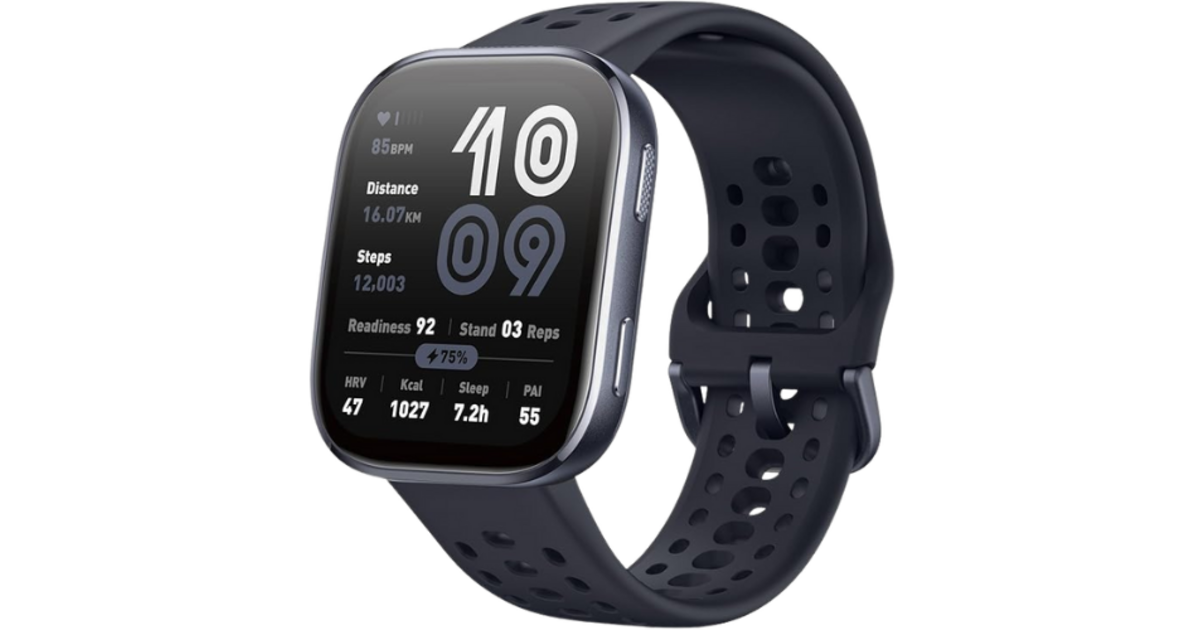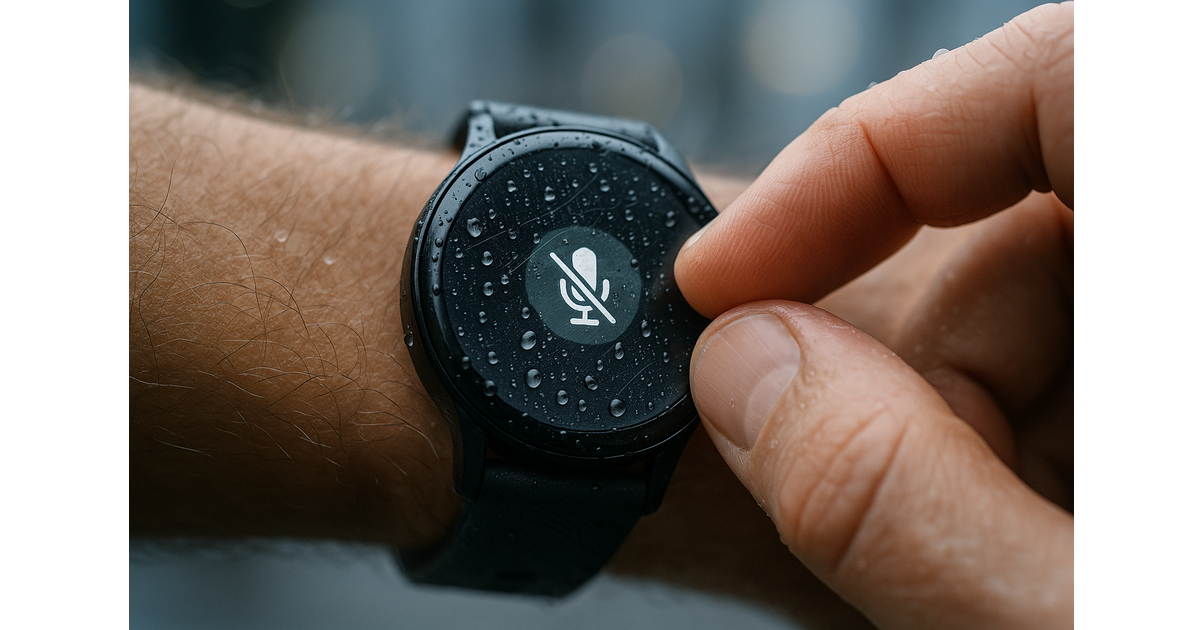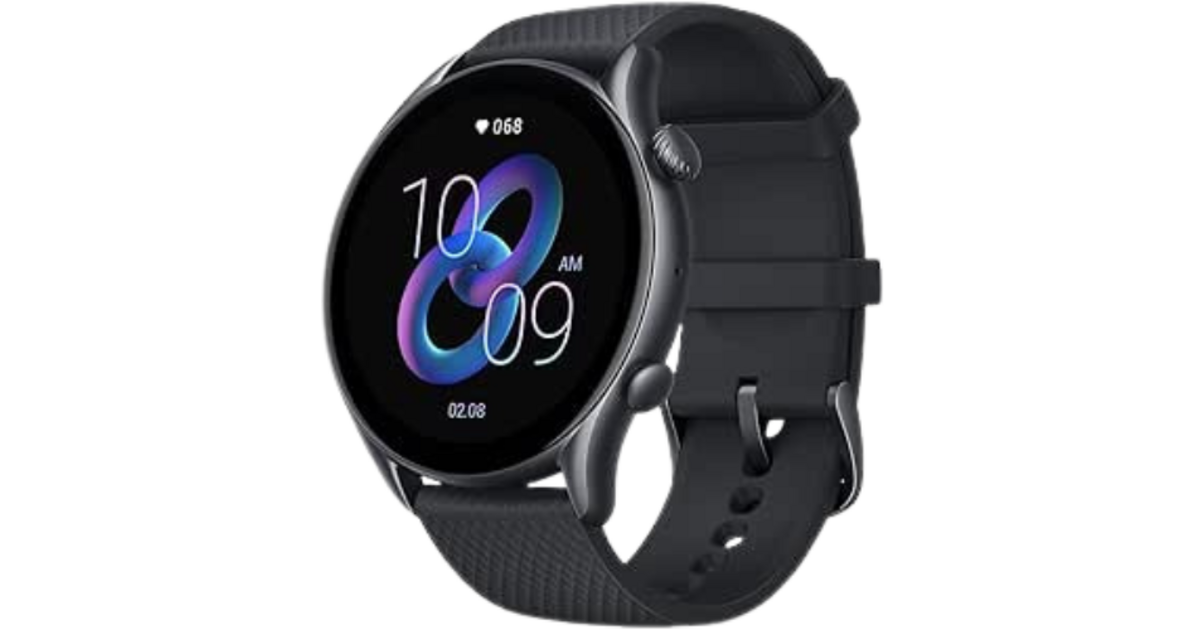Table of Contents
Lovers of watches often meet the terms ” caliber ” And ” movement“. But is it the same thing or is there a subtlety? This article enlightens you on this differencewith concrete examples and clear explanations. We will see that if these terms are often used as synonyms, their use reveals an important technical and historical difference.
What is a watch movement?
In watchmaking, a movement is the set of internal components that allow a watch to display the time and work. It is made up of dozens, even hundreds of mobile parts grouped in a very small space. These components include:
- An energy source (motor spring, battery or weight).
- A train of cogs which transmits this energy.
- An exhaust which regulates the released energy.
- An oscillator (pendulum or quartz) which measures time.
There are different types of movements:
- Manual winding mechanics
- Automatic reassembly mechanics
- Electronics or quartz
Movement is therefore the technical soul of the watch. It is he who animates the needles, the complications and guarantees the precision of the measurement of time.
The definition of caliber: from dimension to technical identity
Originally, the word “caliber” simply designated the dimensions of a movement (often expressed in lines). But today, the term has evolved to designate a specific model of movement, recognizable by an alphanumeric reference given by the manufacturer. For example: ETA 2824-2, Rolex 3135, Seiko 6R35.
Each caliber is a kind of “technical identity card” of the movement. It indicates its technical characteristics, its origin, its internal design, and sometimes its level of finish. The same caliber can be used in several models, or even by several brands.
It can be factory (designed internally by a brand like Rolex, Omega, Patek Philippe, Artya) or produced by specialists like ETA, Sellita or Miyota, widely used in Swiss and Japanese watchmaking.
Caliber vs movement: what concrete differences?
- Movement : designates the entire internal watchmaker mechanism.
- Caliber : identifies a precise model of this mechanism.
In other words, the movement is the general concept (mechanical, quartz, hybrid), while the caliber is the precise version of this movement. To illustrate: a Tissot PRX PowerMatic 80 has a Powermatic caliber 80.111which is an automatic reassembly movement derived from an ETA.
Why is this distinction important?
Understand this nuance has several interests:
- Maintenance : A watchmaker must know the exact caliber for revising or replacing parts.
- Authenticity : Some counterfeiters replace the original caliber with a less quality model.
- Collection : The scarcity and complexity of a caliber strongly influence the value of a watch.
Examples of famous calibers
- Valjoux 7750 : Robust automatic chronograph, widely used in the 80s and even today.
- Rolex caliber 3235 : Manufacture movement with high precision and 70h power reserve.
- Yema cmm.30 : French house caliber, very technical and rare mechanical whirlwind.

These examples show how brands use the concept of caliber as a real marketing and technical argument.
- On the bottom of the case : It is sometimes engraved or indicated.
- In the documentation : user manual, technical sheet, manufacturer’s site.
- Via a watchmaker : to open the case and observe the movement.
In collection cases, each caliber is often duly listed, which allows it to be traced in the brand’s archives.

Conclusion
The movement is the engine of a watch, and the caliber is the precise designation. Their distinction, although subtle, is essential to assess the technical richness of watchmaking, understand the specifics of a model, and make enlightened choices as a buyer or passionate. Do not hesitate to comment or share your own experiences with calibers!
Faq
- Does the caliber change according to the model of the same brand?
Yes, a brand can use different calibers for various models depending on the complications, the size of the housing or the price range. - Can a caliber be used by several brands?
Yes, especially the ETA, Sellita or Miyota calibers are largely reused in many different brands. - Can we change the caliber of a watch?
Technically yes, but this requires perfect dimensional compatibility and can alter the authenticity of the watch.

